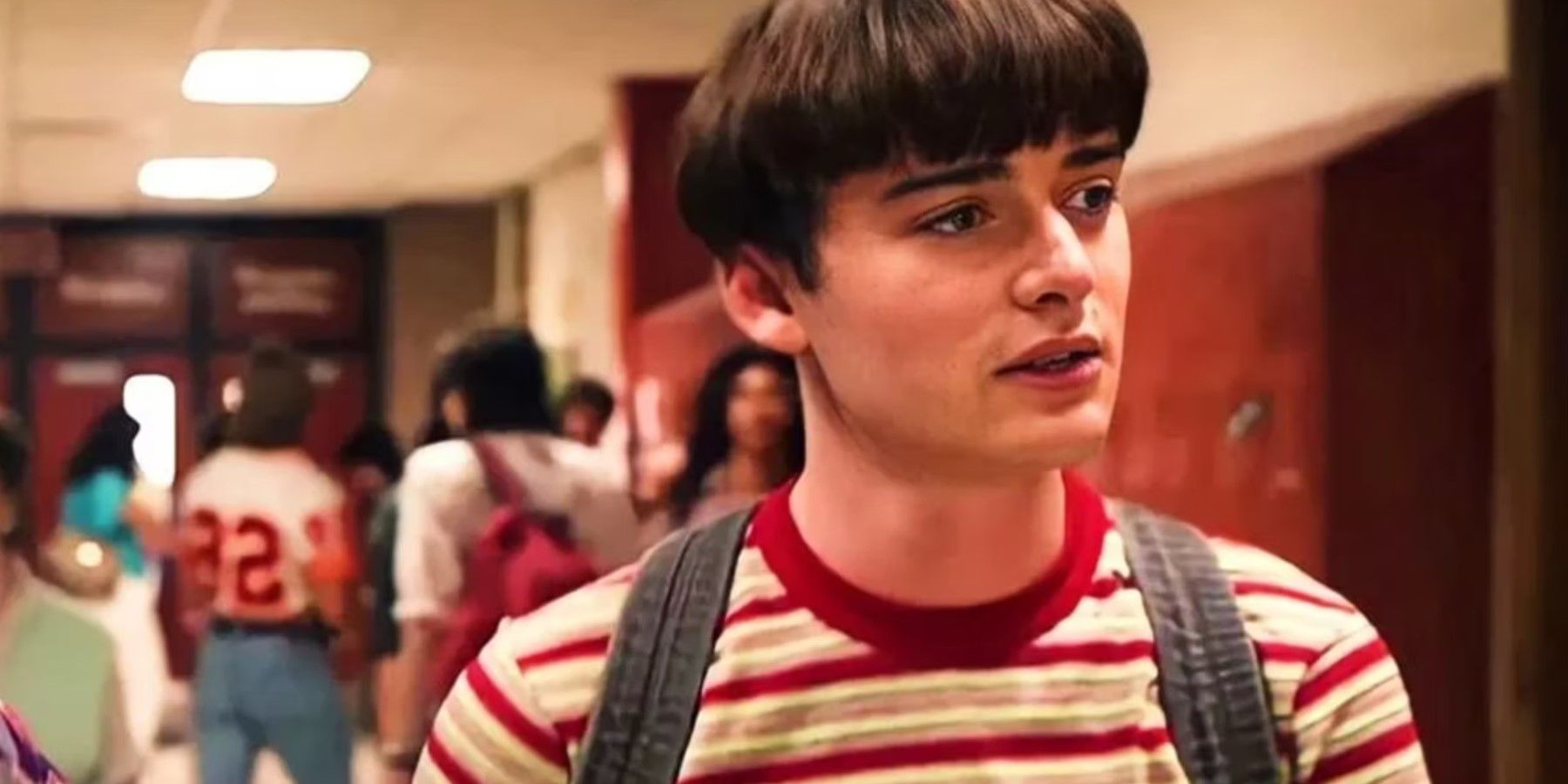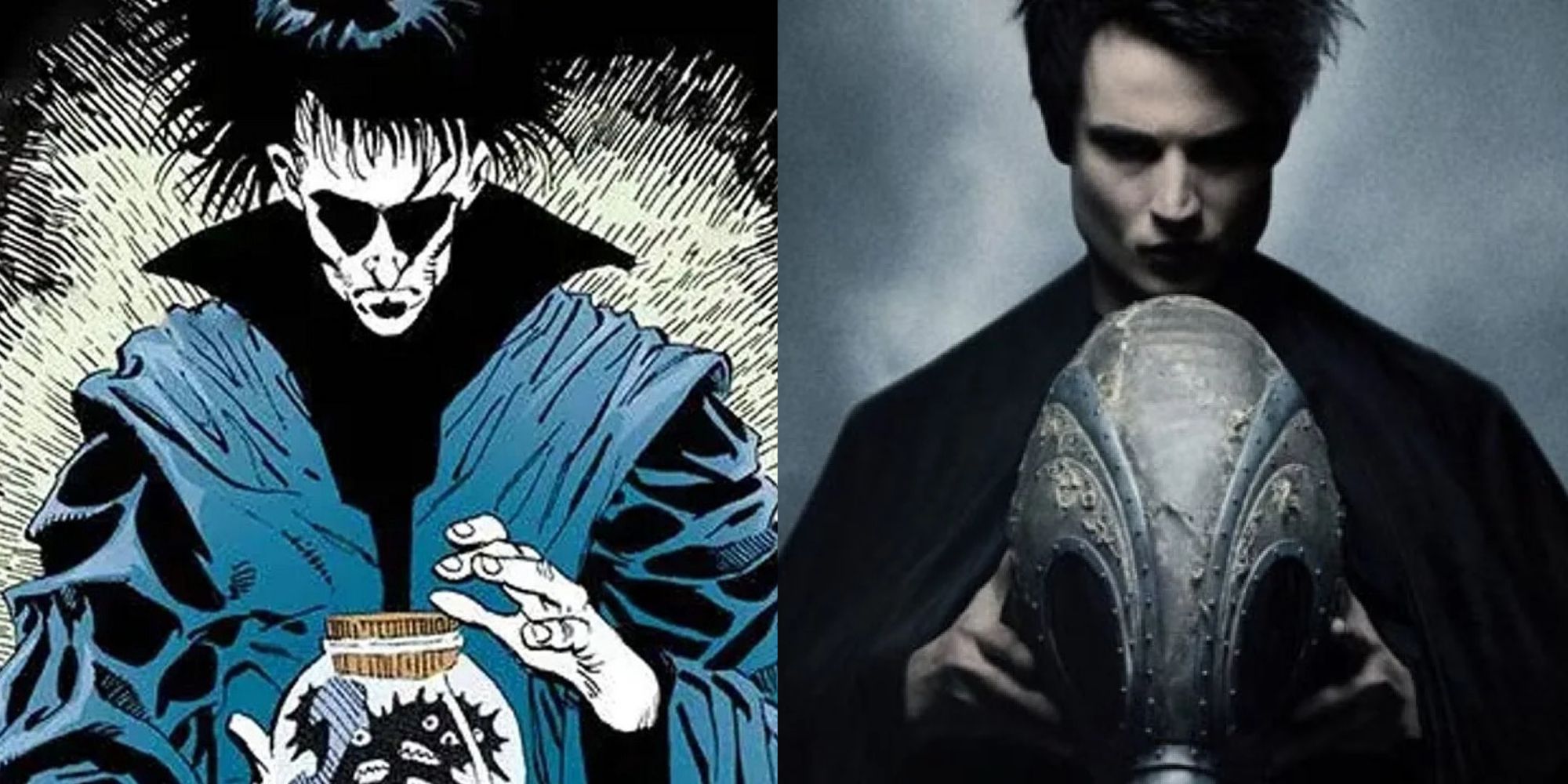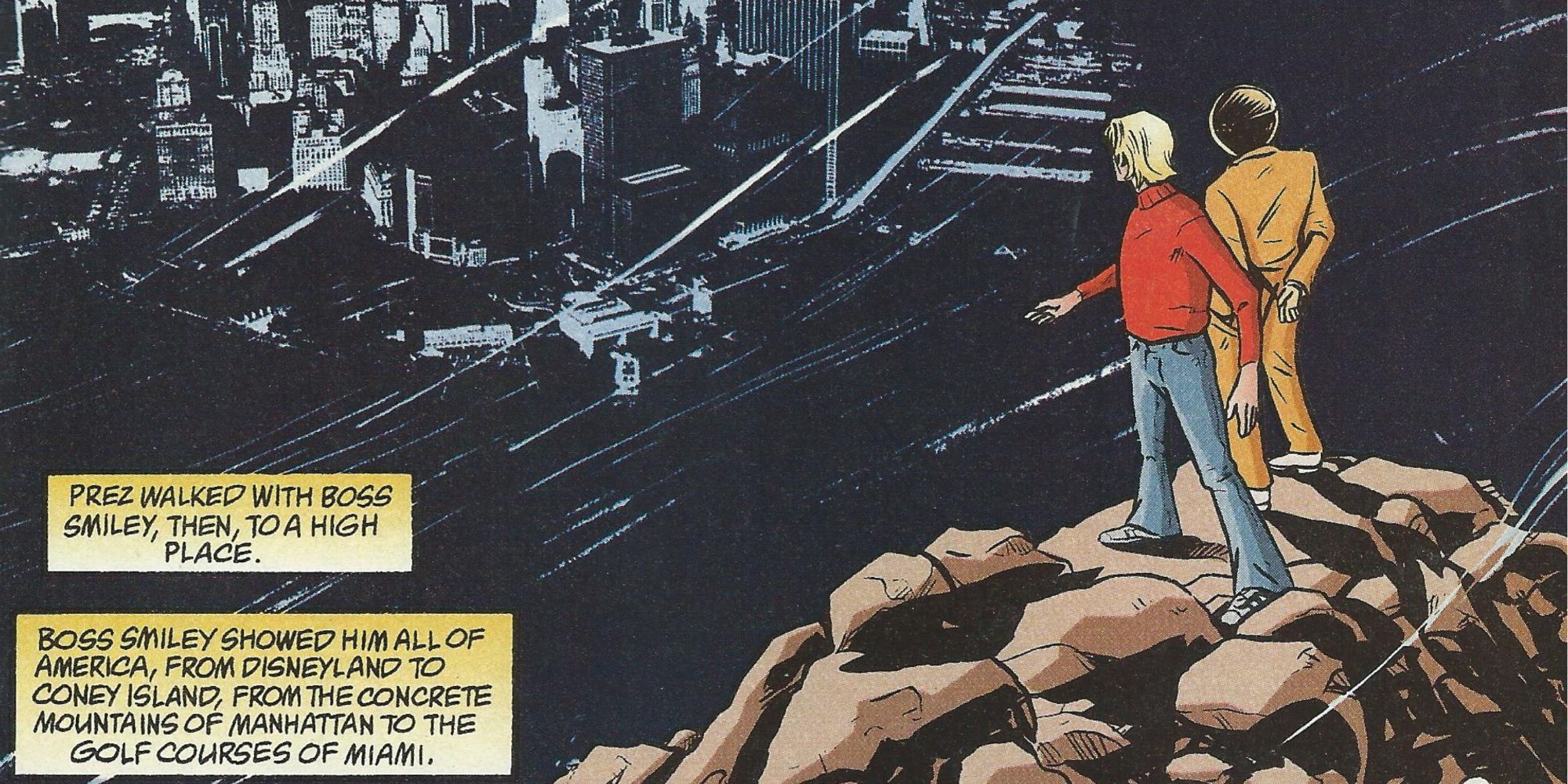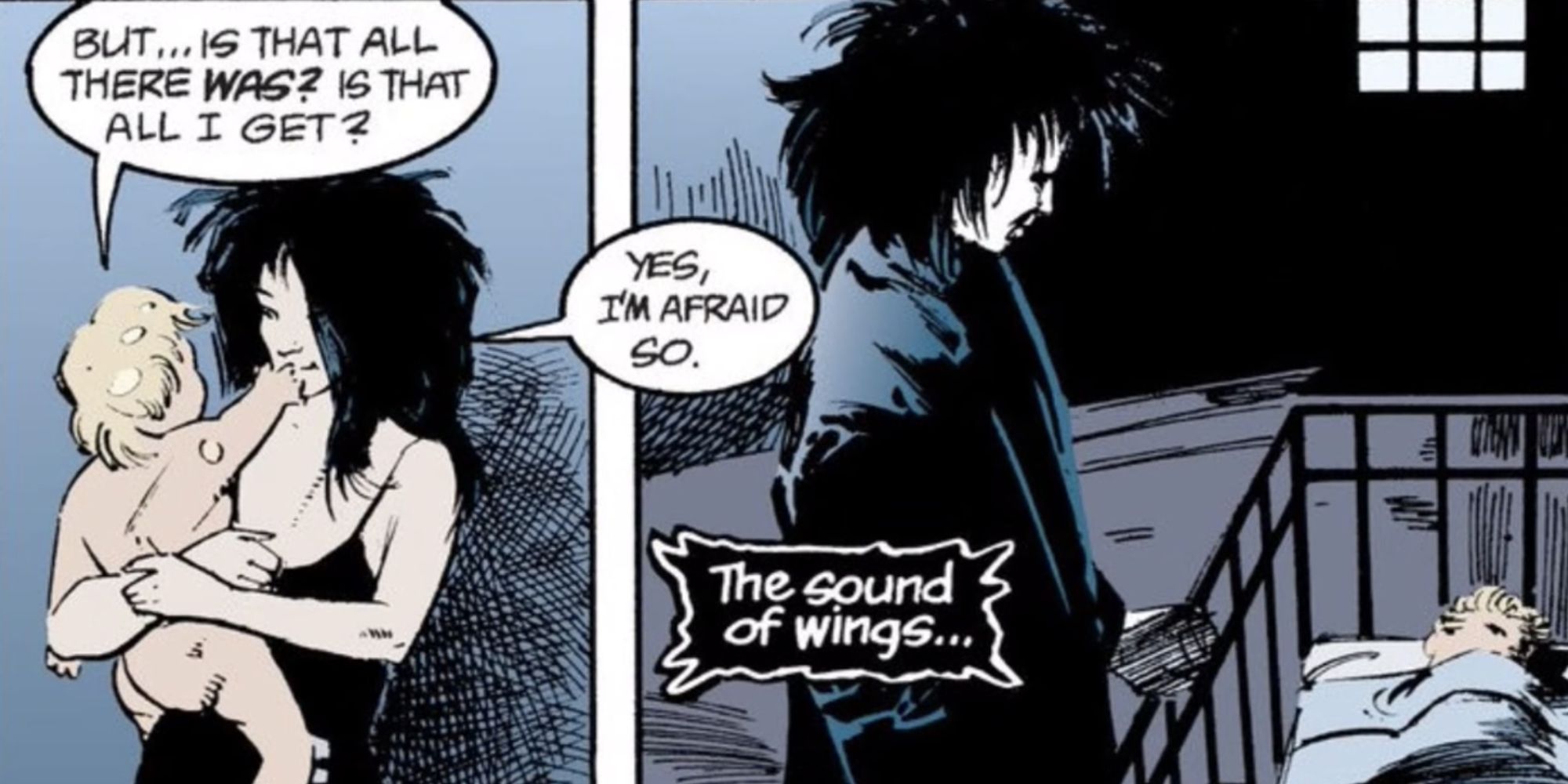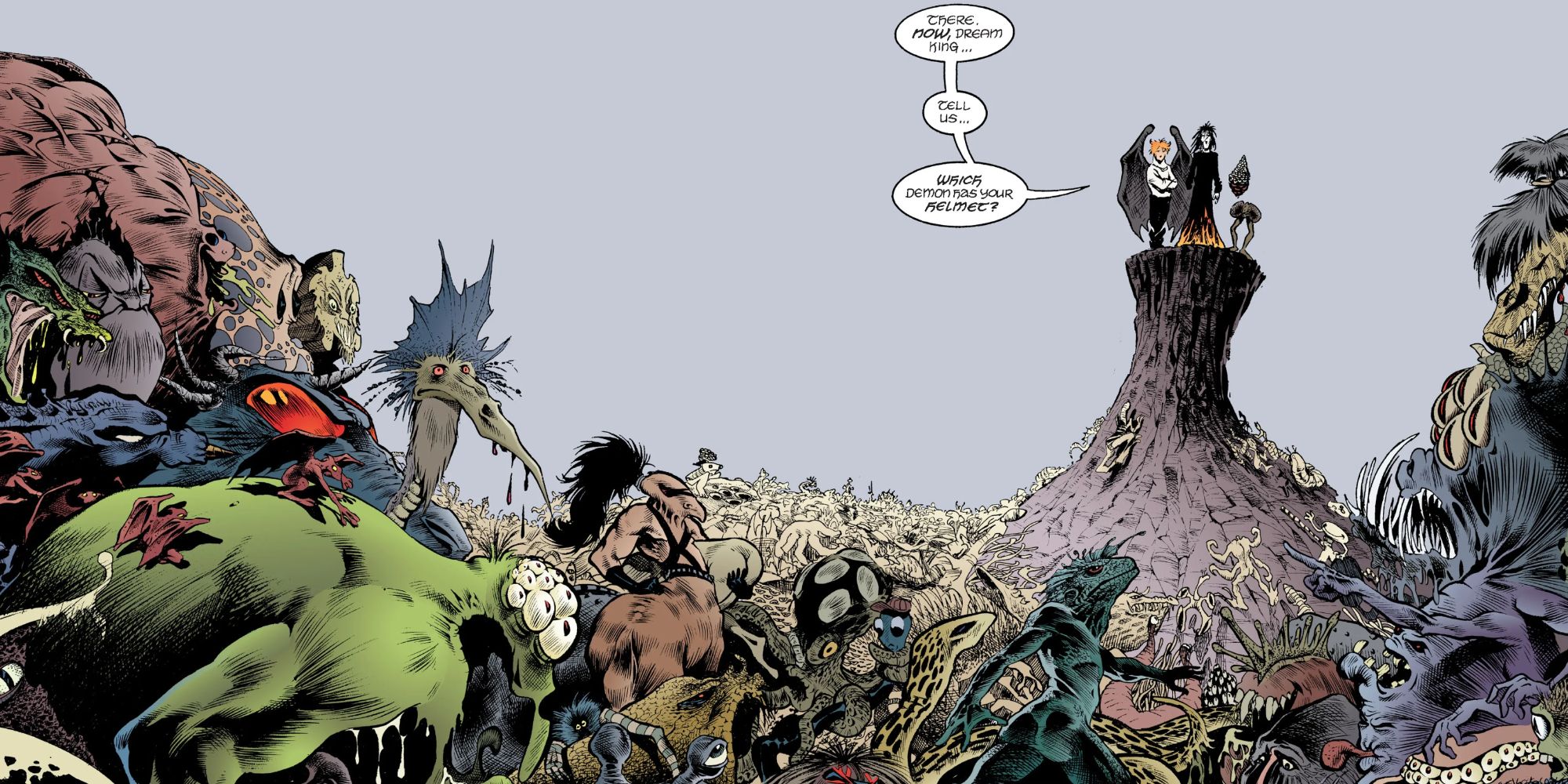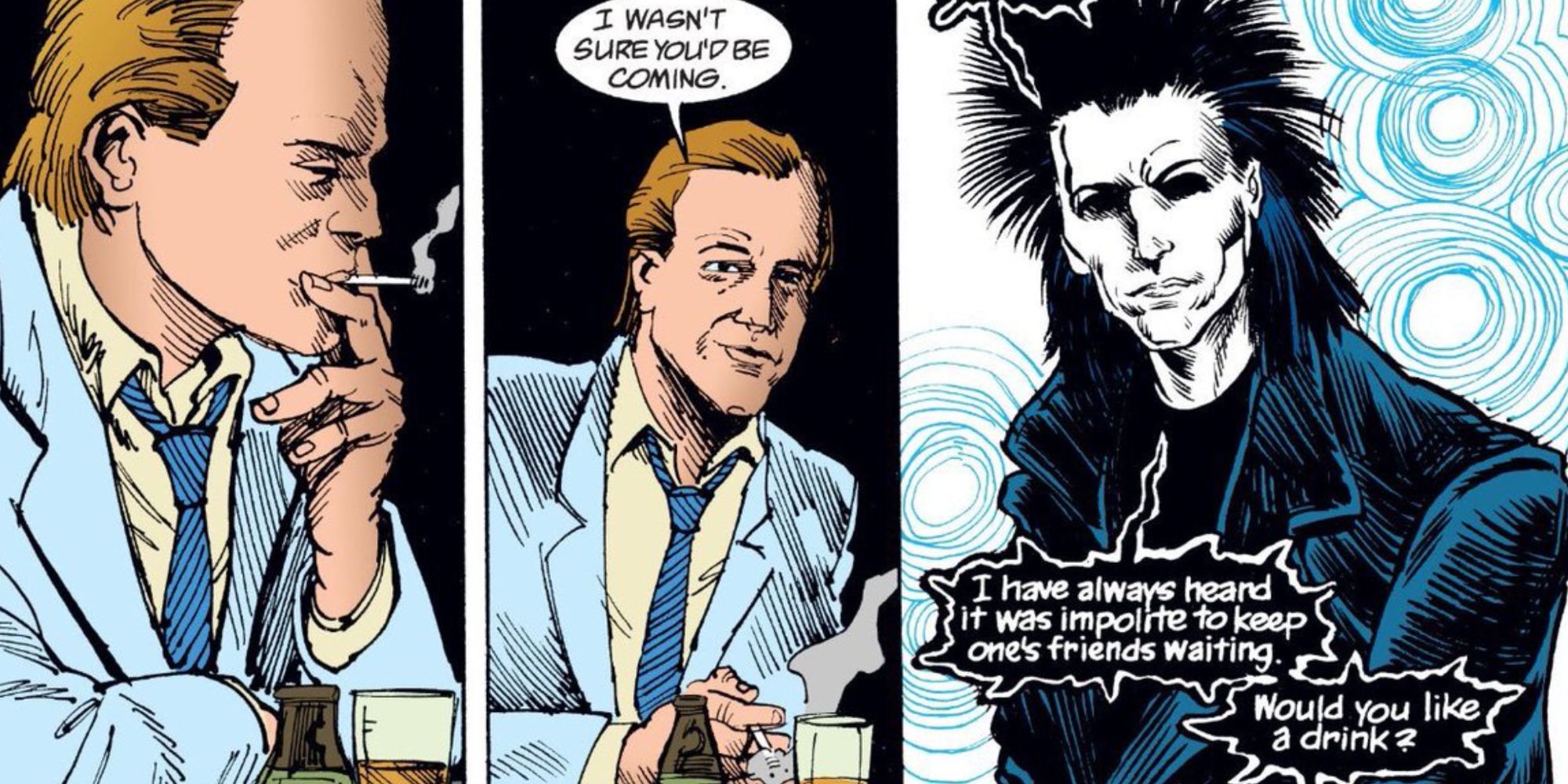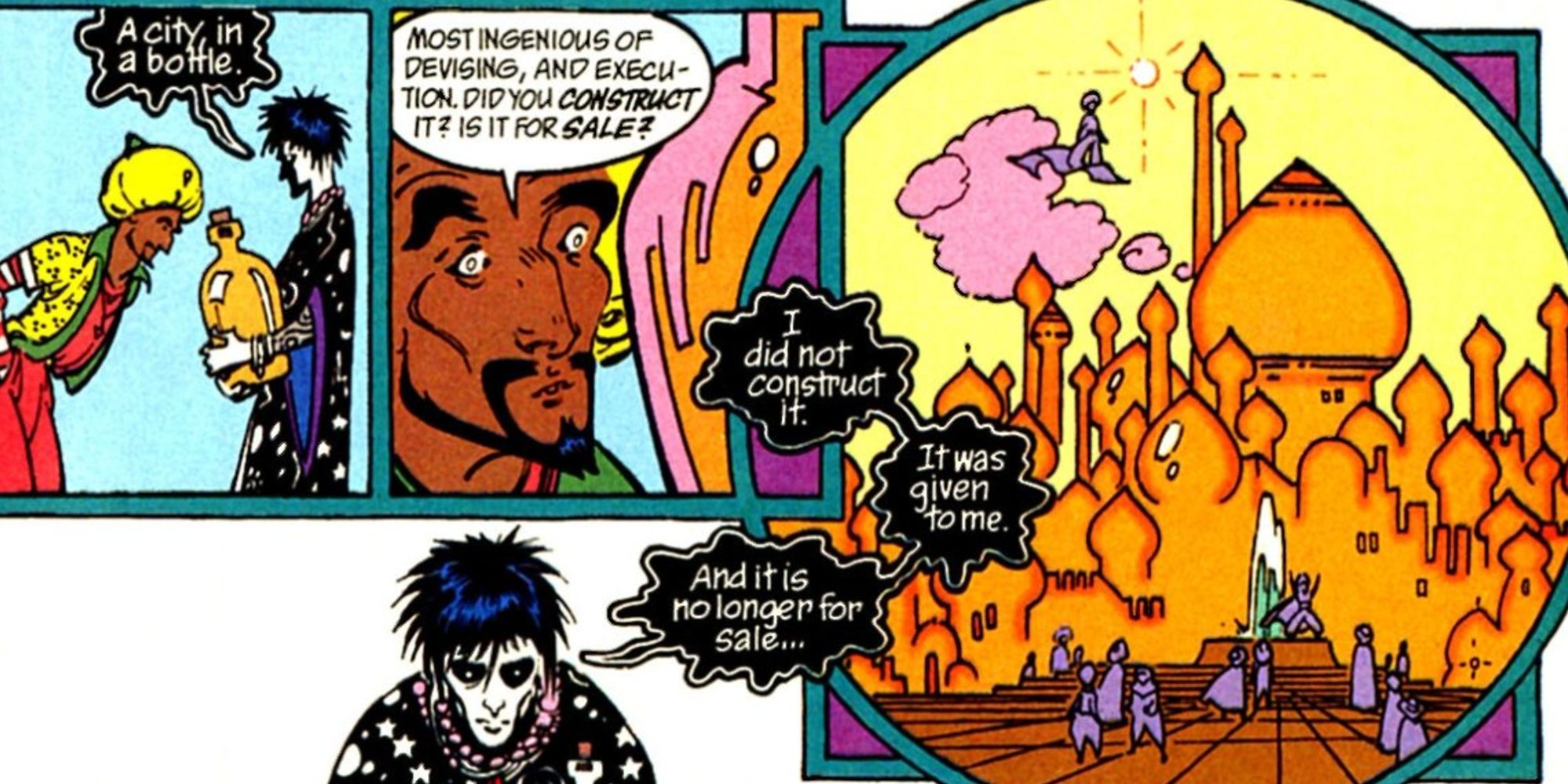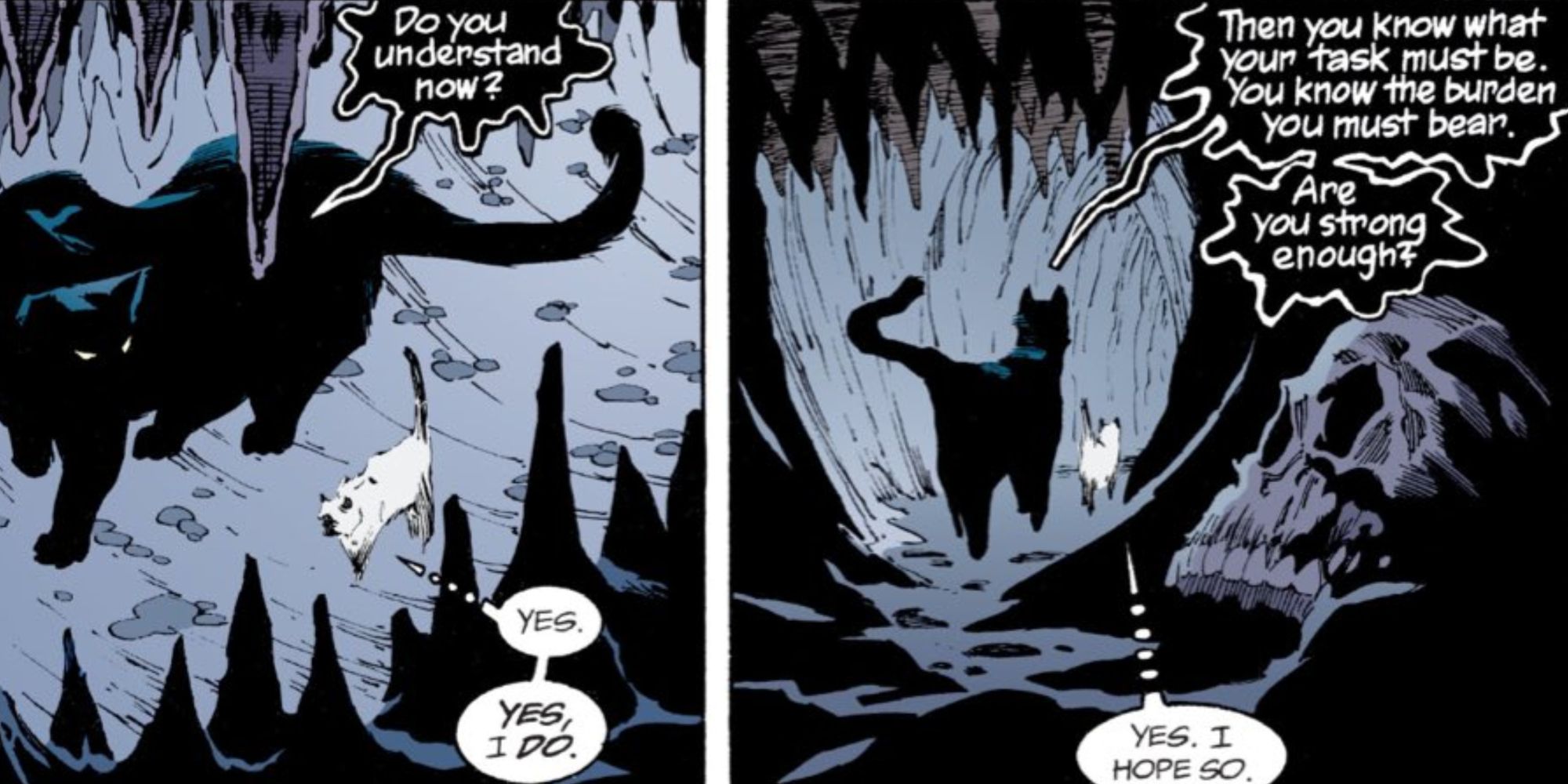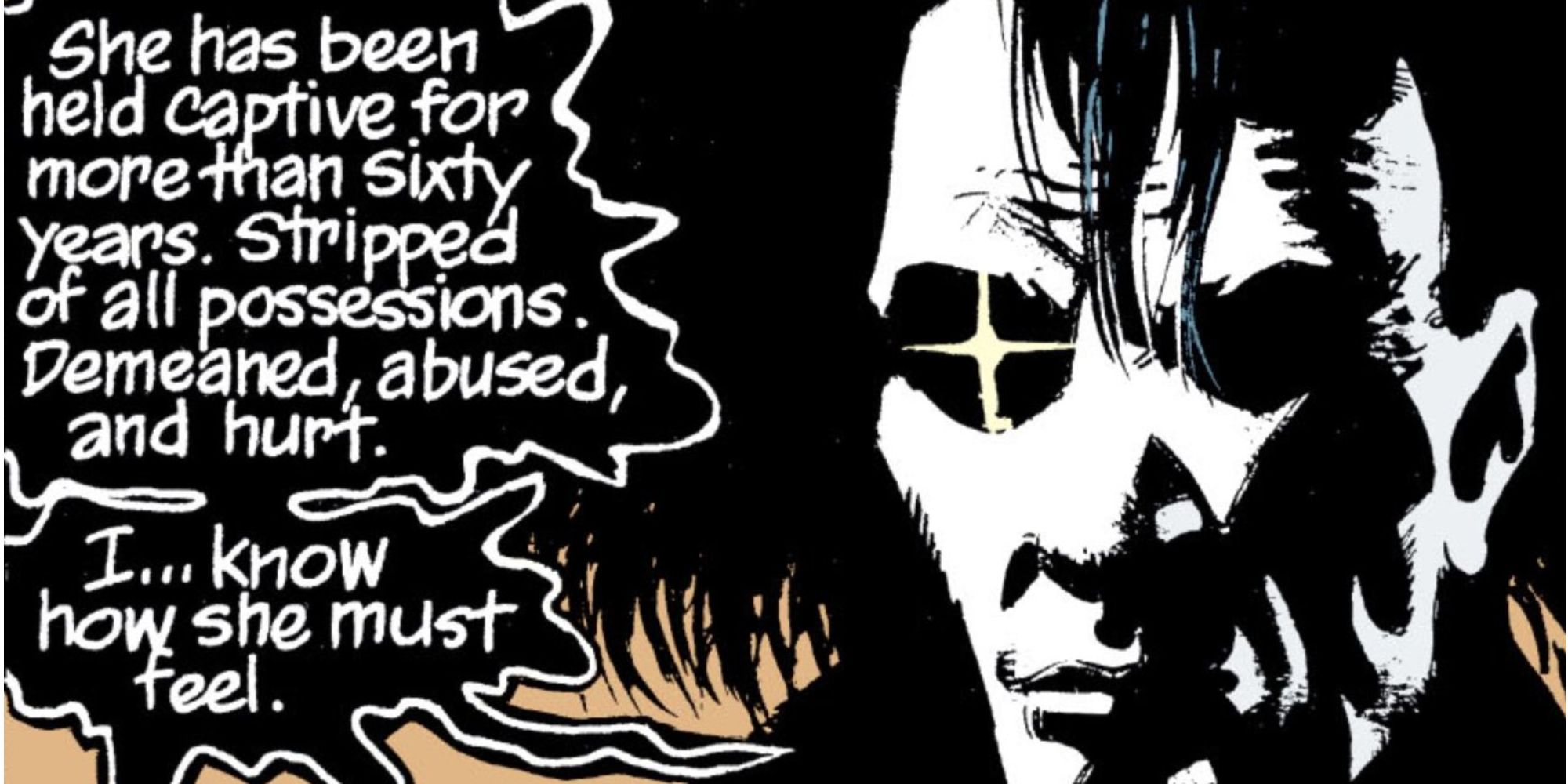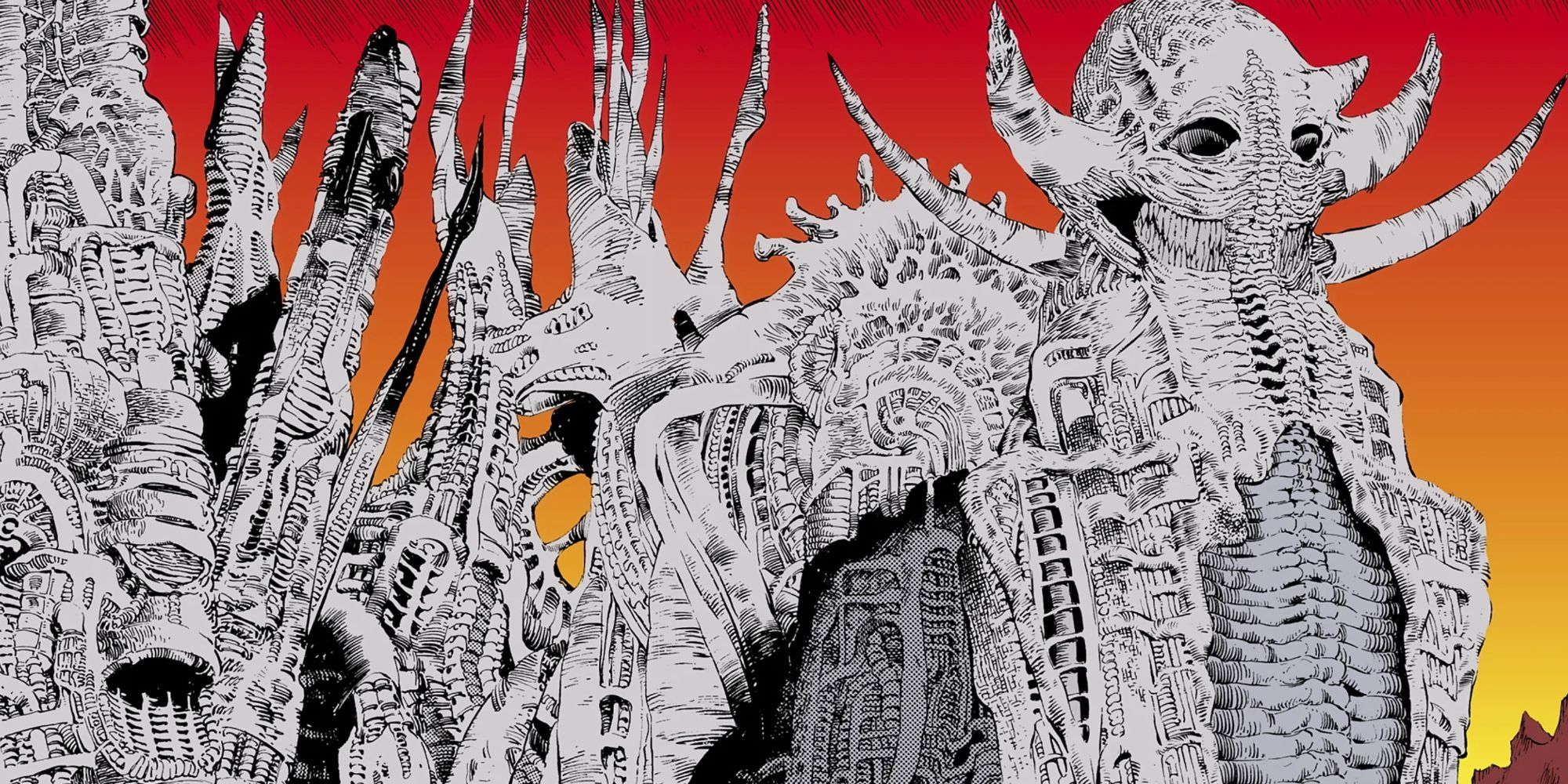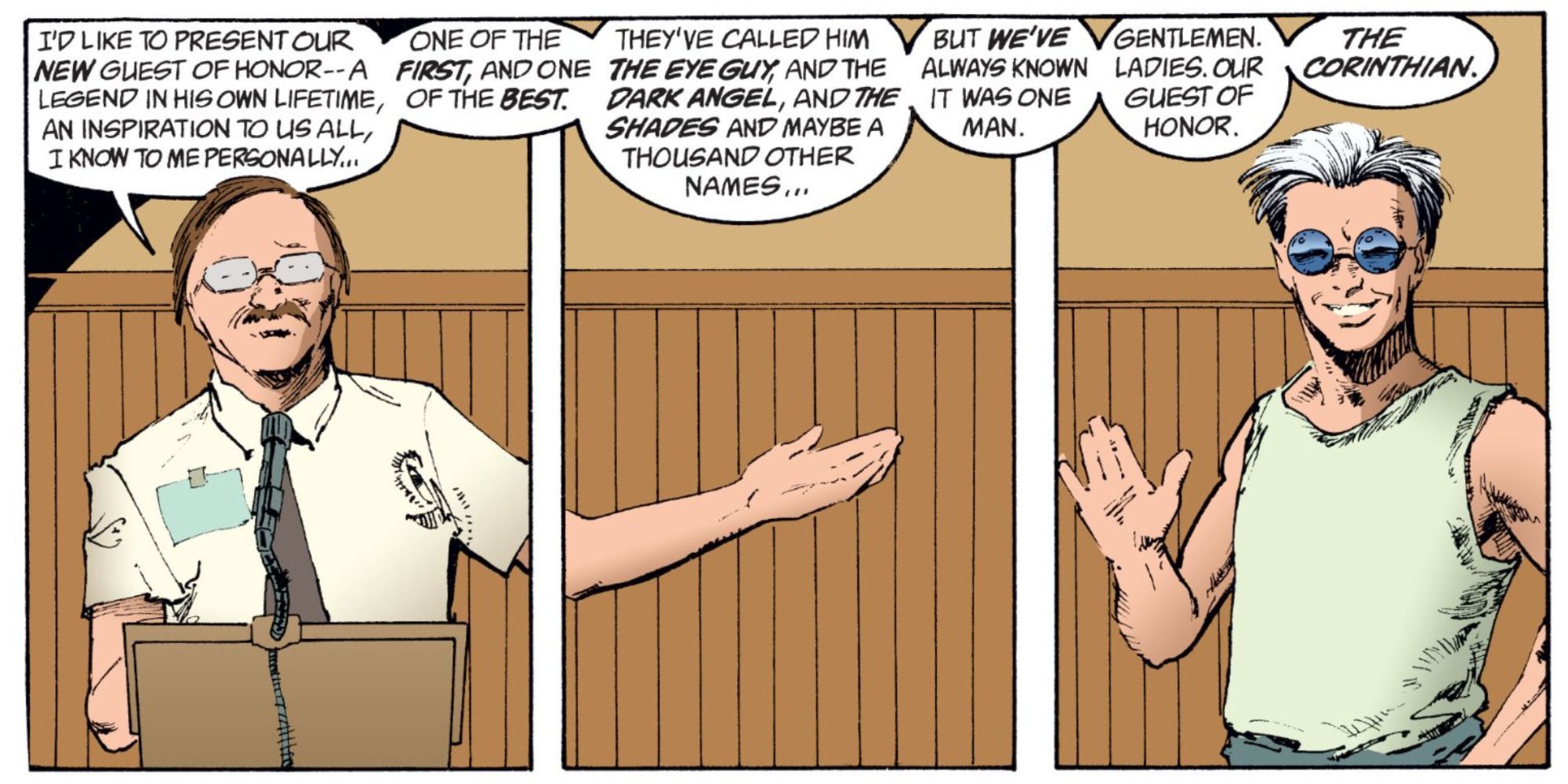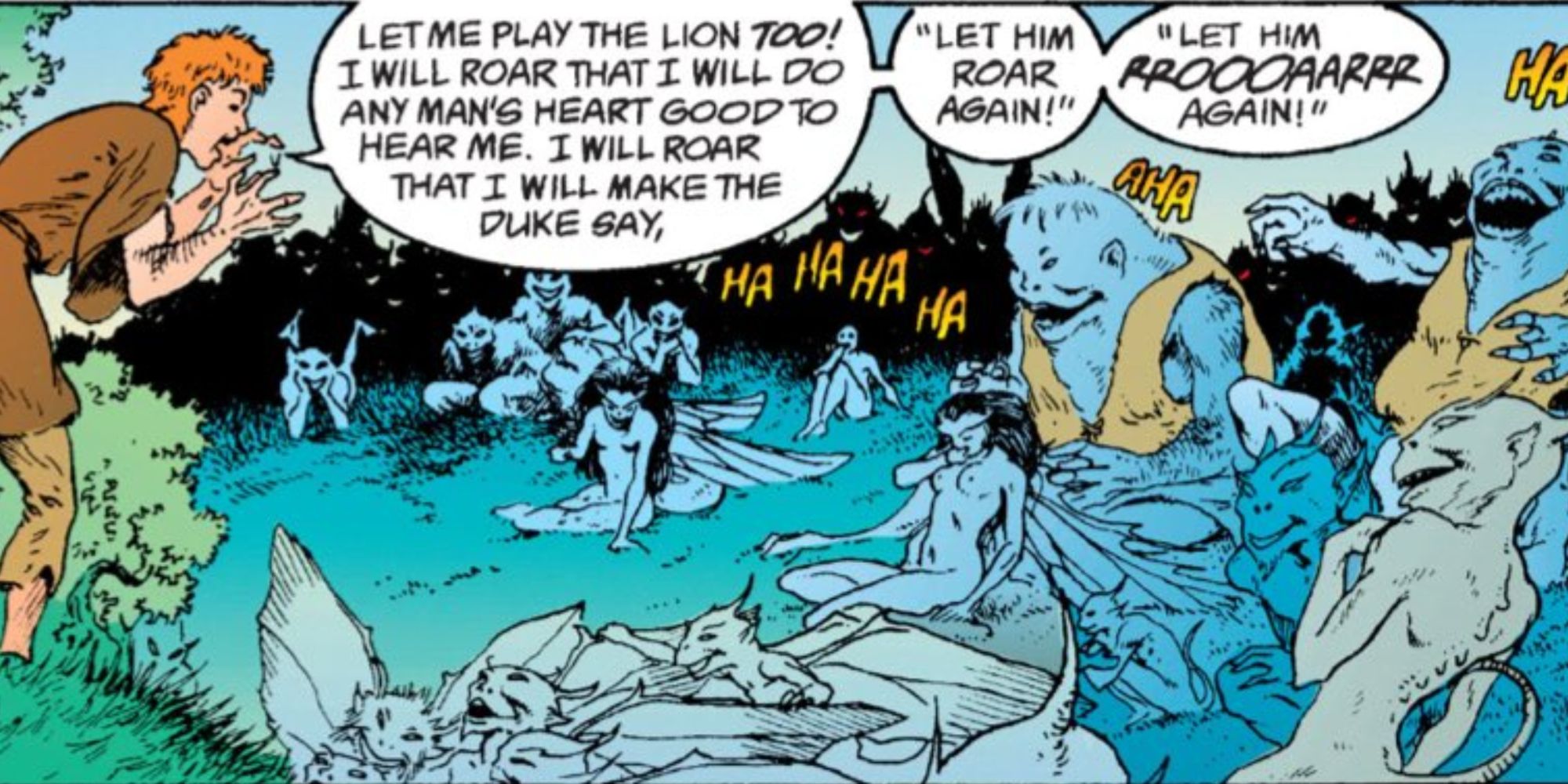Neil Gaiman's legendary TheSandman comic series has finally been adapted to live action by Netflix, after many failed attempts. It has been 26 years since the final issue of The Sandman saga was released in print, and it has become a classic of the graphic novel medium, converting many new readers to the format, including more literary-minded college students who appreciate the saga's meta-commentary on the nature of storytelling.
As any fan of the series will attest, these comics are not an easy story to adapt to a live-action medium. There is the aforementioned meta-commentary, but Gaiman also applied a bevvy of storytelling techniques throughout the series' run that required the graphic novel medium to be effective. The showrunners at Netflix - which include Gaiman himself - have their work cut out for them. Luckily, The Sandman is chock-full of fantastic individual stories that would make for stunning standalone episodes of television. Here are some of the best examples in the series.
10 The Golden Boy (Issue #54)
One of the few times when Sandman got political was in this issue. In an alternate America, Richard Nixon is replaced by "Prez Richard," an infallible President who manages to solve all of America's issues in his first term. Just when things seem to be going so well, Prez Richard is challenged by a mysterious opponent named Bob Smiley, who begins to unravel Prez Richard's seemingly bulletproof public image.
Eventually, Prez makes a deal with Dream, and becomes a multiversal saviour of America. Gaiman creates a very literal interpretation of the "American Dream" in this issue by creating a mythological figure to embody the myth itself. It would be a very timely story to adapt to live action.
9 The Sound Of Her Wings (Issue #8)
This was the first issue to feature Gaiman's depiction of Dream's sister, Death, not as a skeletal figure draped in robes but as a youthful woman. This Death is kind, approachable, and understanding, welcoming the deceased to their afterlife with a gentle touch not seen in other depictions. She became an instant fan favorite and was eventually spun off into her own comic series.
This issue in particular is so poignant because it finds Dream at one of his lowest points, and doesn't focus on much more than the conversation he has with his sibling about the nature of their endless existence. It made for a great closing to The Sandman's first arc, but also acted as a compelling meditation on life and its inevitable end.
8 Hope In Hell (Issue #4)
Shortly after escaping his captivity at the hands of Roderick Burgess, Dream goes in search of the missing pieces of his armor, which have been scattered throughout the many realms of existence. He learns that his helm was traded to a demon, and therefore the first place he looks for it is in Hell.
Upon his arrival, Dream encounters Lucifer. Another of Gaiman's unique depictions of famous mythological characters, Lucifer and Dream have a fascinating conversation; both a debate and an exchange between equals. It's already clear that this story will make its way into the Netflix series, as the trailers have shown Gwendoline Christie's Lucifer asking Dream the famous question: "Tell us, what power have dreams in Hell?" Dream's response is one for the ages.
7 Men Of Good Fortune (Issue #13)
Beginning with a man named Hob Gadling stating to a medieval tavern that he does not intend to die, his boasts are witnessed by both Dream and Death. They tell Hob that, if he really plans to never die, he should meet them again in the same tavern in 100 years.
What follows is a centuries-spanning tale of a man who is simply not interested in dying. Hob and Dream share a number of wonderful conversations throughout the years, with Hob gaining new perspective with each passing lifetime. Hob continues to show up in subsequent issues of The Sandman, given his immortality, and each of his appearances are a welcome surprise in an otherwise frequently bleak tale.
6 Ramadan (Issue #50)
One of the many Sandman classics that deal with stories within stories, in this issue Caliph makes a deal with Dream to ensure that his city, the then-magical city of Baghdad, will endure for eternity. Dream honors that deal, but in exchange strips Baghdad of its magic, leaving behind a copy of the city while keeping the magical empire trapped in a bottle.
An Arabian story through and through, Ramadan captures the seminal theme of the Sandman series as a whole: that the power of stories endures for eternity. In classic Monkey’s Paw fashion, while Caliph's city may not physically endure for all time, it is immortalized through the stories that are forever told about its former grandeur.
5 A Dream Of A Thousand Cats (Issue #18)
A unique Sandman story that doesn't focus on humans, this issue follows a house cat who meets Dream (in cat form) and is told of an alternate reality where cats rule the world and humans are their pets. This house cat goes on to preach to all of its cat peers about what Dream said, including the part where mankind used the power of their dreams to reshape the world, in hopes that the cats may do the same.
While initially seeming like filler, this issue expands on the concepts of the series. After all, it's not just humans who dream, but animals too. If all cats share this dream of ruling the world, then when they seem to us to be dreaming of a hunt, what creature could they be dreaming of hunting?
4 Calliope (Issue #17)
Holding a mirror to the very first story of the series, this issue sees Calliope captured by a writer stricken by writer's block after the success of his first book. The writer tortures Calliope every day, and in exchange, is gifted with new ideas.
Eventually, Calliope calls for help, which arrives in the form of Dream. He rescues her and grants the writer his wish; an endless stream of new and exciting ideas, which eventually drives him mad. Just as poignant today as it was when it first released, this story is both heartbreakingly sad and terrifying all at once, and would translate perfectly to live action.
3 Prologue To Season Of Mists (Issue #21)
Not a prologue to the series itself but instead to the "Season of Mists" arc (widely considered to be the best arc in the series), this issue sees Lucifer abdicate their responsibilities and hand the keys to Hell over to Dream. Presented here is an even more detailed version of Gaiman's Lucifer; ambitious, charming, and hopelessly seeking a purpose all their own.
What follows is a series of stories about various figures vying to gain the keys to Hell from Dream, but "Prologue" is the deepest exploration of Lucifer's character in the series. This story is what was eventually spun off into Lucifer's own graphic novel series, which was adapted into a hit series on Fox, and then picked up and concluded by Netflix.
2 Collectors (Issue #14)
One of the most horrific issues in the whole series, "Collectors" features a serial killer convention. A story as sick and depraved as that description might suggest, this issue features a host of deeply depraved characters, and also introduces The Corinthian: a killer with mouths for eyes who was a nightmare created by Dream himself that eventually went rogue.
Making matters worse is Rose Walker, a non-serial killer who has the unfortunate fate of stumbling in to this convention accidentally. Dream doesn't appear until late in the story, but what happens in his absence makes his arrival a relief. Given The Corinthian appears to be the main antagonist in the Netflix adaptation, it's likely this story will be included in the series at some point.
1 A Midsummer Night's Dream (Issue #19)
Not only one of the best issues of Sandman but quite possibly one of the best short stories ever written, "A Midsummer Night's Dream" takes a witty approach to the classic play's title. After Dream granted Will Shakespeare the gift of storytelling in a previous issue, he asked for something in exchange. That something was this play.
It's a story for the ages, as the creatures in Shakespeare's play watch as humans play them in an adaptation of their story. Eventually, Puck even ends up playing himself to close the play out. It's a classic for a reason; not only does this issue embody everything that makes Sandman great, but it reinvents one of the most famous stories of all time, presenting it in a new light and in the context of Gaiman's universe.
The Sandman premieres on Netflix on August 5th, 2022, and will run for 11 one-hour episodes.


